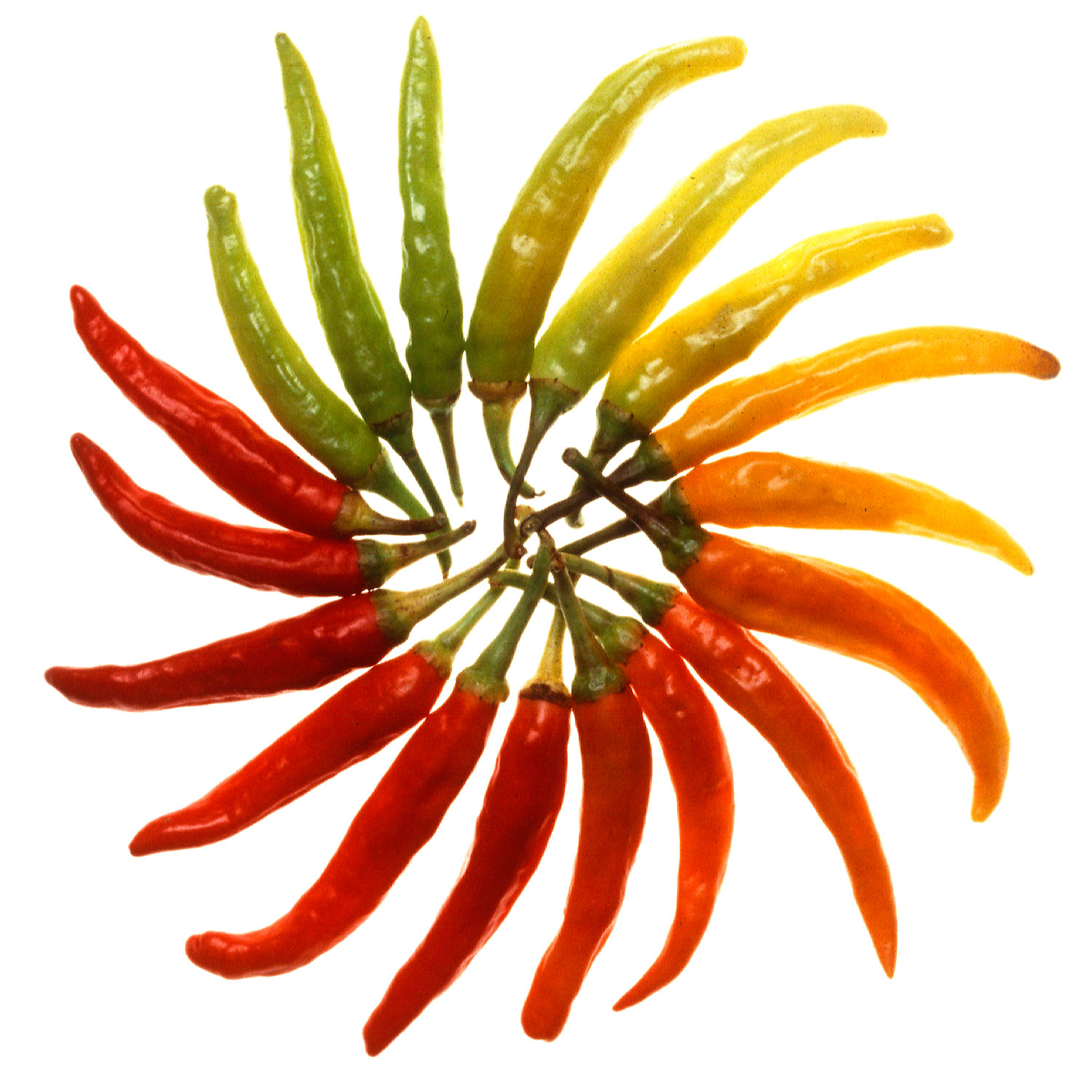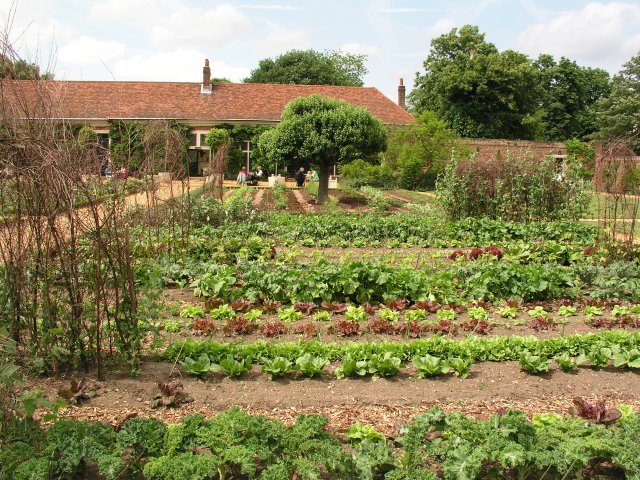In 2001, high in the Sierra Norte de Oaxaca mountains of southern Mexico, UC Berkeley graduate student David Quist hiked along some of the world’s oldest cornfields. Quist was sampling cobs for DNA testing, and what he found kicked off a scientific firestorm and brought attention to a subtle threat to the future of global agriculture. In those ancient Mexican varieties, Quist detected the DNA signature of genetically modified (GMO) corn. A living …
Cedar, Jelly, Rust, and Apples
The aliens have landed? All hail His Noodly Appendages? Shiny Tangela? Koosh gone wrong? Or is this one of those Japanese cartoons…? Ok, none of those; it’s a fungus fruiting on the branches of that eastern red cedar. I saw this gall (and quite a few more) on a hike the other week in Ionia County while dodging rainstorms. It only looks …
Capsaicin, too hot to handle or hot on health?
After a long summer gardening, your peppers are finally ready. Grinning with excitement, you snap off a tiny bright red pod and gingerly take a tiny bite. It’s crisp and crunchy, a tiny bit spicy, and you smile at your success. Then heat begins to build. It starts to get hot, really hot! At this point you realize, “I’ve made …
Spectacular Symbiosis: the Root of the Matter
Cover photo: Source: Wikimedia user ninjatacoshell My vegetarian and vegan friends are all obsessed with beans. And lentils, and soy. Is there something about not eating meat that makes legumes irresistibly delicious? Some sort of secret vegetarian conspiracy to hoard all the beans? Actually, it all comes down to protein. Many of the most important parts of your body – muscle fibers, the enzymes that …
The Diversity of Orchids, or: “Are You Orchidding Me?”
Featured image: Michigan Orchids. Photos: Katie Grzesiak I really just want to talk about plants all the time; apparently having a job where I talk about plants all the time isn’t enough for me. And since you’re not the boss of me, this time I want to talk about orchids. To make a long story short, orchids (plants in the …
Plants Without Chlorophyll: It’s Easy Being Green, But Stealing is Even Easier
Featured images, left to right: pinesap, ghost plant, spotted coralroot orchid. Photos: Katie Grzesiak Plants are Plants Plants make their food with energy from the sun; that’s what is often used to define them as plants. If I want to throw my degrees around, I call them “photoautotrophs,” from the Greek for “light,” “self,” and “feed.” Photosynthesis! It’s super neat, …
Simple uses of plant preferences
Like humans, plants have strong preferences when it comes to the company they keep. Plants try to fight off invaders they don’t get along with, and try to encourage their buddies to live nearby. Farmers have been taking advantage of these behaviors for thousands of years to enhance their yields and prevent pest infestations, creating a rich agricultural tradition. When we …
The Romance of the Garden
This post is adapted from the original on my (now-defunct) personal blog “Strange Branches.” If you live in Zone 5-7 in the US (see map), this is a good time to buy seeds and seedlings to start your garden, so I thought I’d give you a gentle nudge. For the past four years now, my partner Jen and I have been …
What’s in a Name
In 2012, The Melbourne Code was published. Though it sounds like Dan Brown’s next novel, it is actually the result of a week long conference of botanists called the International Botanical Congress (the next conference will be in Shenzhen, China in 2017), and it’s the eleventh revision of the International Code of Nomenclature for algae, fungi, and plants (ICN). The ICN is basically a …
Gardening: tending to vegetables, tending to communities
Since May 2010, I have been an avid (if amateur) gardener. After buying our house in 2009, one of the first plans my wife and I made was to tear up portions of our lawn in order to plant a large vegetable garden. Part of our rationale behind this decision was environmental, but we also thought that it was important to figure …
- Page 1 of 2
- 1
- 2







